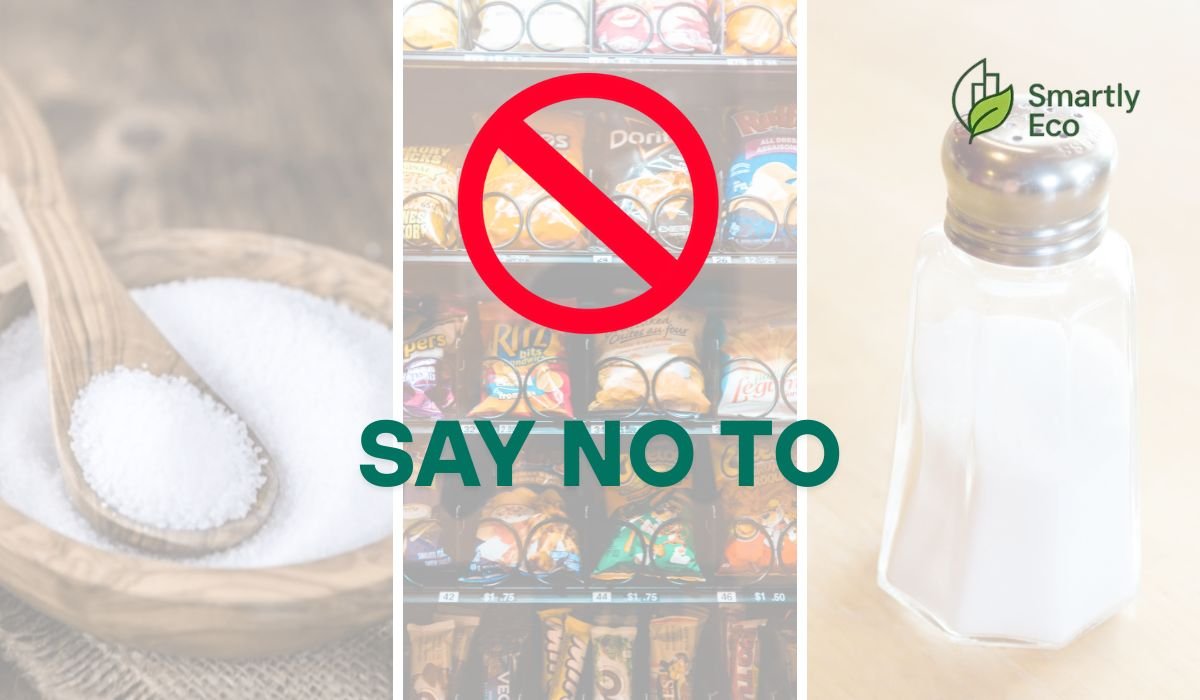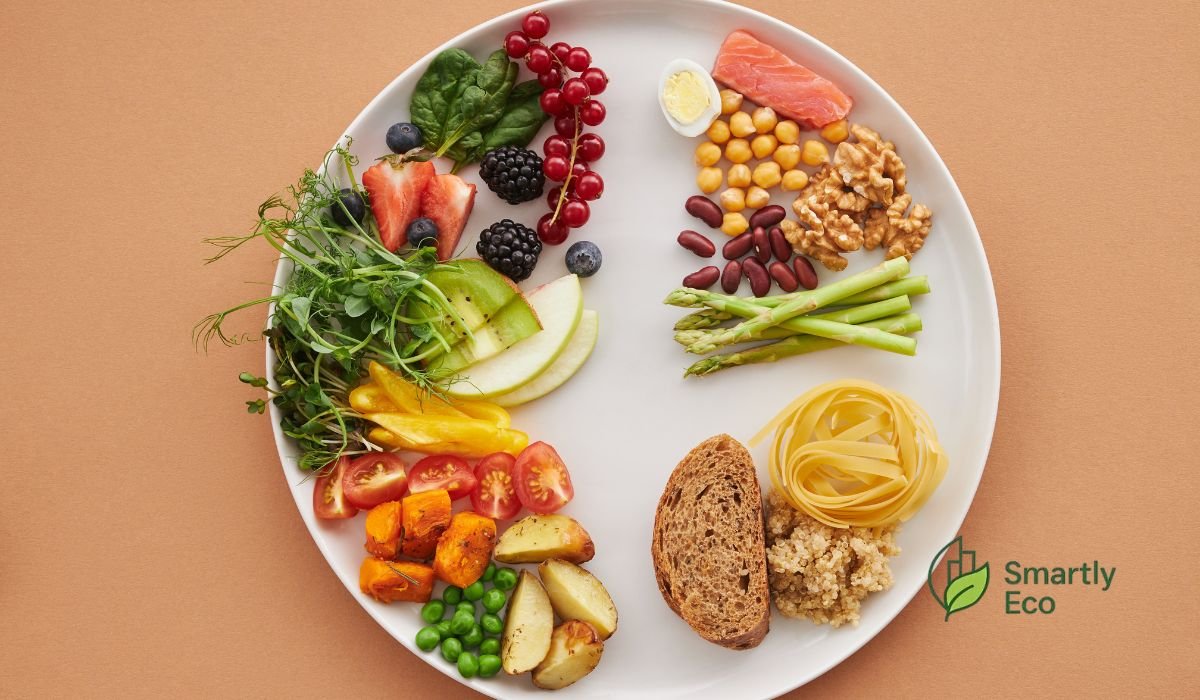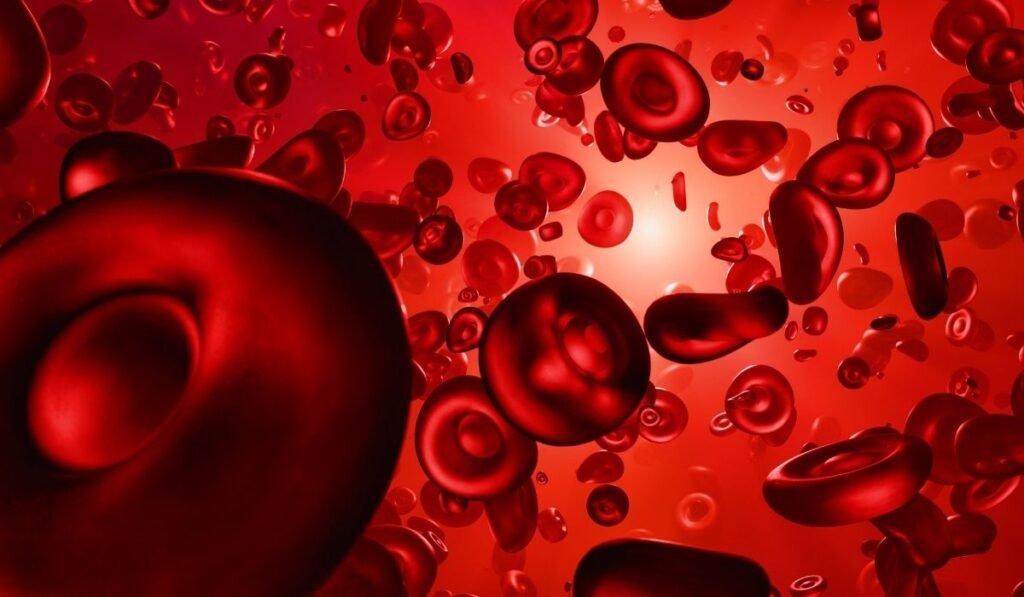The Weight Loss Maze We All Fall Into
Walk into any café in an Indian city and you’ll hear someone talking about keto, intermittent fasting, or that “new detox tea” their cousin swears by. Social media has made weight loss tips as common as morning chai. But here’s the bitter truth: not all advice works. Some tips waste your time, others drain your energy, and a few can even harm your health.
I learned this the hard way. Last year, a friend of mine swapped sugar with artificial sweeteners in her tea, convinced it was the golden ticket to losing belly fat. Instead, she felt bloated, had random sugar cravings, and ended up eating more. That’s when I realized—our grandparents probably knew better than Instagram reels.
So today, let’s break down the 12 most common weight loss tips—what works, what doesn’t, and where science and Ayurveda both agree. By the end, you’ll have a clear roadmap to shed excess fat without falling for the noise.
Category 1: The Worst Weight Loss Tips (Please Avoid These)
1. “Switch to Sugar-Free”
Yes, refined sugar is harmful. But swapping it for zero-calorie artificial sweeteners? That’s worse. Studies link artificial sweeteners like aspartame and sucralose to gut health issues, headaches, and even more sugar cravings .
👉 Better Choice: Stick to natural alternatives—jaggery (गुड़), raw honey, or mishri. They aren’t magic, but at least your body knows how to process them.
2. “It’s All About Exercise”
Many people think weight loss is 100% about sweating it out in the gym. Truth? Nutrition decides the pace of fat loss, not just exercise. Run for an hour and then eat two samosas—you’ll cancel your effort in five minutes.
👉 Reality: Exercise accelerates results, but without balanced eating, the scale won’t move. A mix of cardio, strength training, and yoga works best.
3. “Target Belly Fat with Spot Reduction”
If only crunches could shrink belly fat! Sadly, spot reduction is a myth. Fat melts uniformly from the body. You can strengthen muscles in a particular area, but you cannot command your body to burn fat only from the stomach or thighs.
4. “Go Gluten-Free for Weight Loss”
Unless you have celiac disease or gluten sensitivity, cutting roti from your diet is unnecessary. Gluten-free packaged foods are often more processed and higher in sugar than regular atta.
👉 Better Approach: Eat traditional rotis made with whole wheat, jowar, or bajra.
5. “Calories Are All the Same”
A 500-calorie homemade dal–roti meal is not equal to a 500-calorie pizza slice. Your body thrives on nutrients, not just numbers. Processed foods cause inflammation, nutrient deficiencies, and slow metabolism.
Category 2: Overhyped But Popular Tips
6. “Green Tea Will Melt Fat”
Yes, green tea is rich in antioxidants. But no, it won’t burn fat by itself. Black tea has similar benefits. Ayurveda even warns that tea can be too “drying” for those with already dry skin or constipation issues.
👉 Drink it if you enjoy it—but don’t expect miracles.
7. “Buy Fat-Burner Supplements”
Most fat burners are nothing more than expensive caffeine pills. They make you feel energetic but don’t magically torch belly fat. A strong black coffee or ginger-lemon water at home is just as effective.
Category 3: The Best, Science-Backed Weight Loss Habits
Now, let’s cut the noise and focus on what actually works. These are practical, sustainable, and time-tested methods that can help anyone reduce excess fat.

1. Practice the “Healthy Plate Method”
Whenever you sit down to eat, fill:
- ½ plate with vegetables (raw or lightly cooked),
- ¼ plate with protein (dal, chana, paneer, eggs, or chicken),
- ¼ plate with complex carbs (roti, brown rice, millets).
Top it with a spoon of ghee—yes, fat is not the enemy. This simple method ensures balance and naturally prevents overeating.
2. Swap Sugar & Salt Wisely
Instead of chemical-laden white sugar, use jaggery, honey, or khandsari. Replace refined table salt with sendha namak or kala namak. These small swaps balance insulin levels, reduce water retention, and prevent bloating.
3. Choose Whole Foods Over Processed Ones
Eat fruits instead of fruit juices. Pick whole grains over refined flours. Dietary fiber keeps you full, prevents sugar spikes, and improves gut health—a direct link to better metabolism.
4. Carry Healthy Snacks
Most bad food choices happen when we’re hungry outside. Keep roasted chana, makhana, or a fruit in your bag. This single habit saves you from bingeing on samosas or sugary drinks.
5. Practice Mindful Eating
Phones and Netflix at the dining table confuse your brain. You eat more without realizing it. Instead, eat slowly, chew properly, and avoid distractions. Studies show mindful eaters consume up to 300 fewer calories per meal without dieting .
FAQs
Q. Do artificial sweeteners really help in weight loss?
Not in the way most people think. I’ve seen friends switch from sugar to “sugar-free” drops and end up with more cravings, not less. Research also shows that sweeteners like aspartame can mess with gut health. A little jaggery or honey is honestly safer—you know what you’re eating, and your body does too.
Q. Can I lose belly fat just by doing crunches?
I wish it worked that way! But science is clear—spot reduction doesn’t exist. I’ve personally tried endless ab workouts and still had the same belly. What helped? A mix of walking, strength training, and better eating. Crunches will give you strong abs, but fat loss happens all over the body.
Q. Is green tea the magic drink for fat loss?
Green tea is healthy, yes. It has antioxidants and can support metabolism. But having seen people drink 4–5 cups a day with no change, I can tell you—it’s not magic. Think of it like an accessory, not the main outfit. A balanced plate and daily activity do the heavy lifting.
Q. Should I stop eating roti if I want to lose weight?
Only if you’re gluten intolerant. Otherwise, our traditional rotis—made from wheat, bajra, or jowar—are perfectly fine. In fact, I know people who cut out rotis, only to replace them with “gluten-free” biscuits and ended up gaining weight. Stick to homemade rotis; they’re healthier and keep you full.
Q. Do I really need supplements or fat burners?
Most fat burners are just expensive caffeine pills. A friend once spent thousands on them, felt jittery, and saw no real change. Compare that to a cup of black coffee or lemon-ginger water—much safer, much cheaper. Real results come from food and lifestyle, not quick fixes in a bottle.
Q. What’s one habit I can start today without overthinking?
Try the “Healthy Plate Method.” Half your plate veggies, a quarter protein, a quarter whole carbs, plus a spoon of ghee. I’ve been using this myself—it keeps meals satisfying without counting calories or giving up favorite foods. Small, steady changes like this stick far better than crash diets.

A Practical Habit You Can Start Today
Most of us don’t struggle with knowledge—we know what’s “healthy.” The problem is city life keeps pushing us into cycles of convenience: long office hours, late dinners, endless coffee, and weekend cheat meals that somehow last all week. Based on the mistakes we already discussed, here’s how you can sidestep them in a way that actually works in daily life:
✅ What to Start Doing
- Set real meal timings: Instead of skipping breakfast and eating a huge dinner, block 20 minutes in the morning for a simple, balanced meal. Even overnight oats or poha works better than starving.
- Plan protein in every meal: Don’t wait until dinner for your first protein hit. Carry roasted chana, or Greek yogurt to work. This keeps cravings under control.
- Choose smarter snacks: Replace evening samosas or chips with nuts, fruit, or even homemade popcorn. The goal isn’t perfection—it’s upgrading small habits.
- Move between work hours: Sitting all day and expecting one gym session to undo it never works. Take stairs, walk while on calls, or stretch every 2 hours.
- Sleep before midnight: Late-night Netflix + midnight snacks = guaranteed weight gain. Aim for 7 hours of sleep to let your hormones reset.
❌ What to Avoid
- Don’t follow extreme crash diets: They drain energy and backfire. Focus on steady, sustainable changes.
- Stop mixing “healthy” with junk: Ordering a diet salad but adding creamy dressings or washing down parathas with “green tea” is just fooling yourself.
- Avoid sugar-loaded drinks: That mid-day cold coffee or “energy drink” at the office pantry is hidden calories. Stick to water, lemon water, or black coffee.
- Don’t depend only on weekends: Eating clean for five days and bingeing for two erases progress. Keep weekends balanced, not “cheat-fests.”
👉 The point is: you don’t need a brand-new lifestyle. Just avoid the common traps—late dinners, fake “health foods,” mindless snacking—and add back the basics your grandparents swore by. In a city where stress and schedules dominate, these small shifts make the biggest difference.
Conclusion: Beyond Diets, Towards Lifestyle
Weight loss isn’t about chasing the next trending tip. It’s about choosing what nourishes you consistently. Our ancestors didn’t count calories, but they lived actively, ate seasonally, and practiced balance.
Next time someone tells you “drink this tea” or “buy that supplement,” smile politely and remember: sustainable weight loss lies in daily choices, not shortcuts.
If there’s one thing you take away from this article, let it be this: Listen to your body more than to diet trends.
Nikita Palesha is a wellness advocate and eco-conscious writer who shares simple, sustainable tips for everyday living. She’s passionate about mindful choices that support a healthier planet and a balanced lifestyle.




